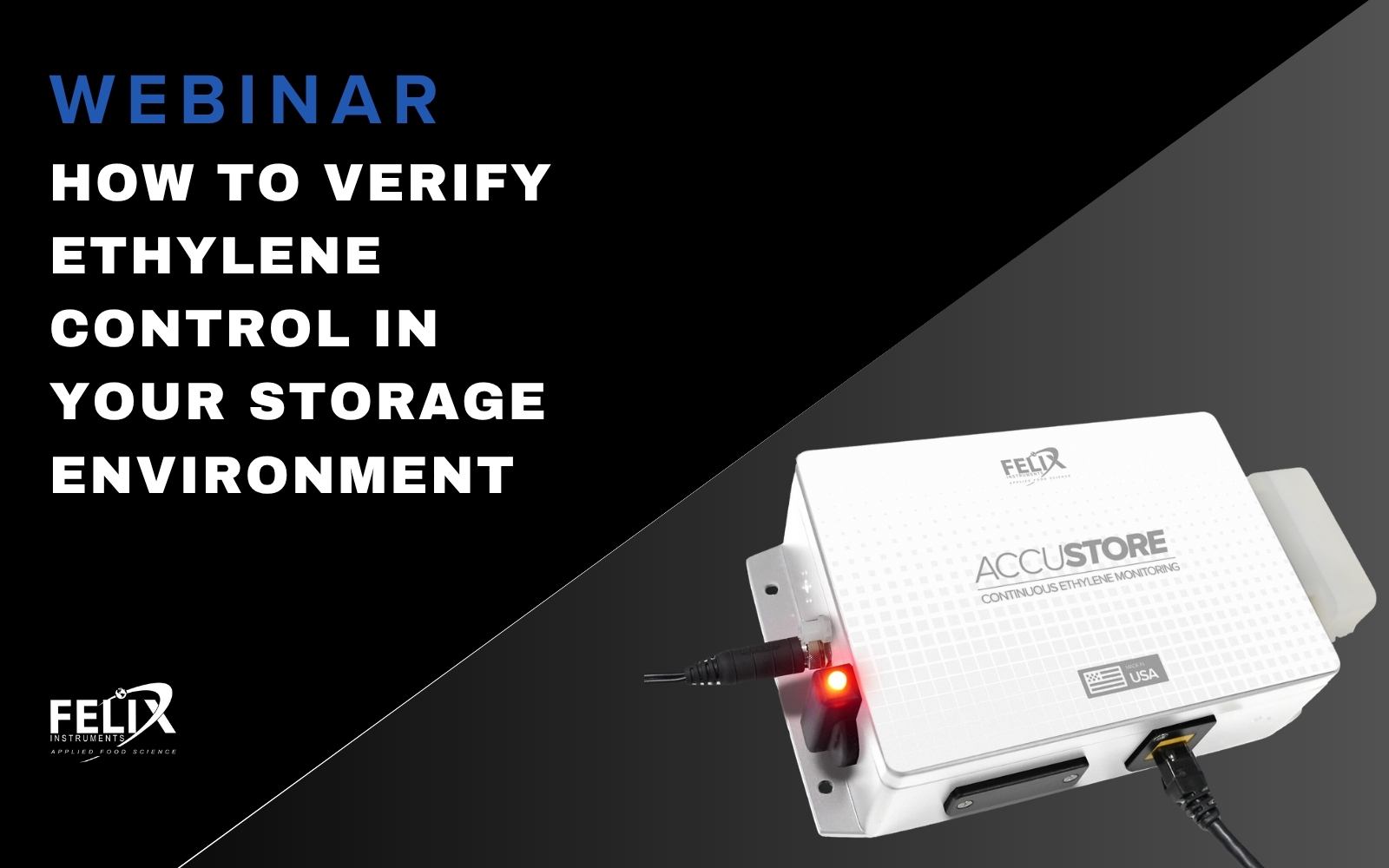Validating ethylene control and removal systems has always been a critical, but often time-consuming, part of product development. Traditional validation methods can slow teams down with manual sampling, offline analysis, and delayed feedback. These delays make it harder to confirm system performance and hold back innovation in technologies designed to manage ethylene effectively. Felix Instruments… Continue reading…
What Causes Postharvest Senescence in Fresh Produce
Senescence is one of the top two postharvest processes that cause food loss of fresh produce by curtailing shelf life. Ethylene production, programmed cell death, and cellular energy supply are significant processes associated with senescence in postharvest fresh produce. The mechanisms by which the three processes cause senescence are not entirely understood. Premature senescence and… Continue reading…











